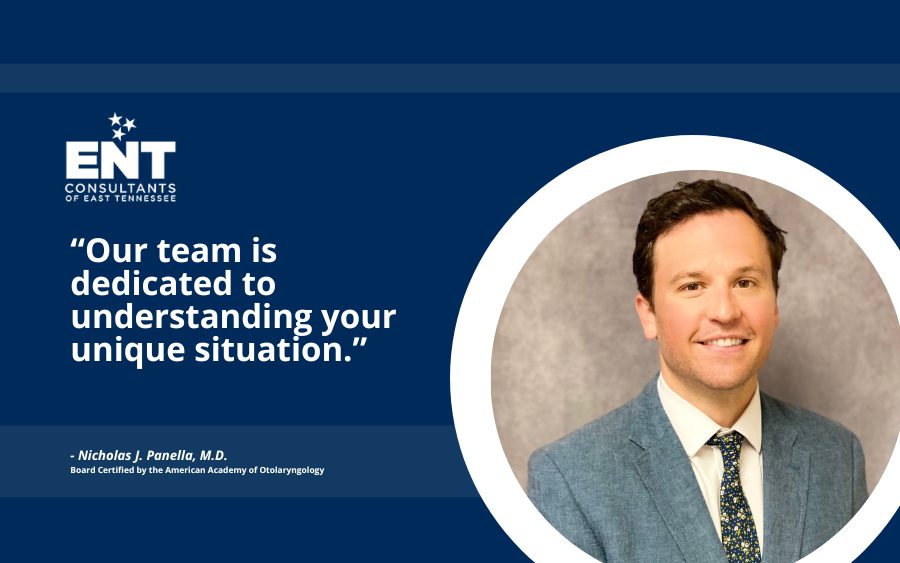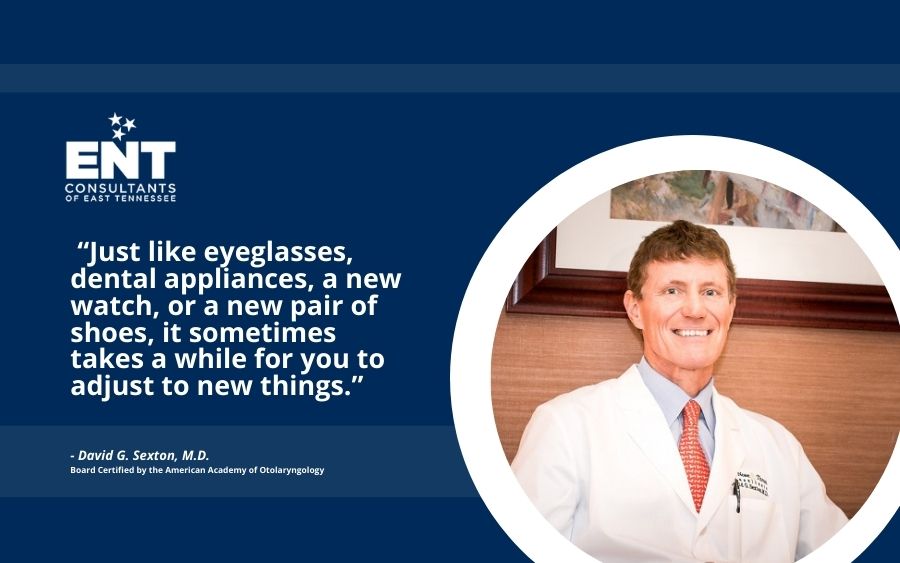Radio, film, television, and literature have fed our fears about robots and machines using artificial intelligence to rule over humanity since E.M. Forster’s book The Machine Stops in 1909.
In contrast to these frightening scenarios, the use of artificial intelligence in today’s advanced technology hearing aids is proving very helpful in helping those with a hearing loss enjoy better hearing.
This post on the impact of artificial intelligence on hearing aids won’t be scary at all, but I will also talk about how the human touch continues to be a critical element in producing the most successful hearing outcomes.
Defining Artificial Intelligence
Let’s start by defining the term “artificial intelligence.”
According to Issa M.S. Panahi, PhD, from the University of Texas at Dallas, quoted in Healthy Hearing, “Artificial intelligence is a very broad definition. Machine learning, neural networks, deep learning, and all of those, fall under the AI umbrella.”
In relation to hearing aid technology, two of these forms of AI are typically talked about in the design of cutting-edge devices: machine learning and deep neural network (DNN).
Machine learning is the most common subset of AI used in hearing aids. It uses algorithms (aka, a set of rules) to rapidly sort through enormous amounts of data in order to make instantaneous decisions or predictions about how best to adjust your listening profile.
The next level of AI used in hearing aids is deep neural network technology. DNN technology attempts to mimic the neural habits of the brain and respond the same way your brain would respond without having to be programmed to react to a given situation.
While these two concepts are at the forefront of today’s AI hearing aid technology, let’s look at how AI became a part of modern hearing aid design.
The First Hearing Device to Use AI
Although quite primitive by today’s standards, the Widex Senso in 1996 was the first step into the use of AI in hearing aids. Senso established the concept of automatic digital adjustment by your hearing aids in order to filter out unwanted noise.
A built-in audiometer made it possible for Senso to make these automatic adjustments. One could argue that Senso was not really an AI hearing device but rather the catalyst to devices like Oticon’s Syncro, produced in 2004.
AI technology was applied to Oticon Syncro in its voice priority processing (VPP) system, which automatically sorted voices nearby from other noise to strengthen the delivery of it while reducing ambient noise and conversations.
How Do Hearing Aids Use AI?
The foundation of AI in hearing aids is related to the concept of wide dynamic range compression (WDRC), which is the initial sorting point of incoming sounds as they enter the hearing aids’ microphones.
The capacity to listen and sort sound signals at this level allows for the application of machine learning algorithms to determine their priority in your listening profile and then adjust your hearing aids for that specific environment. This is the most basic level of AI used in hearing aids.
When DNN technology is applied to hearing aid designs, it takes AI sound processing to another level since DNN is designed to mimic how your brain processes sound, working beyond the initial listening level to fine-tune what you hear.
Five Ways AI Technology Is Used in Hearing Aids:
- Adaptive Sound Adjustment uses AI algorithms to automatically adjust to enhance speech while reducing background noise.
- Personalization allows AI to analyze your individual hearing profiles for each listening environment to tailor the hearing aid’s performance to your specific needs.
- Real-Time Learning is how AI-powered hearing aids learn the sound environments you frequent on a daily basis in order to make millions of fine-tune adjustments in real time for optimal listening.
- Health Tracking uses your hearing aids and AI to track biometric data and fitness and health metrics, adding extra value to how your device meets your broader healthcare goals.
- Language Translation is even possible through your hearing aids by using advanced AI hearing aids to produce real-time language translation.
Obviously, instantaneous adjustments require your hearing aids to make rapid calculations in order for sound transitions to be seamless. According to Starkey, their Genesis AI hearing aids deliver over 80 million sound analyses and automatic optimizations every hour (over 1.3 million per minute or more than 22,000 per second).
The Human Touch Still Reigns Supreme
So far, we have only looked into some of the basics of how AI technology is being applied in the design and performance of modern hearing aids.
I’ll be the first to admit that I am very impressed with what I’m seeing from AI in hearing aids so far. However, nothing can ever replace the human touch when it comes to achieving your better hearing goals.
In reality, the most successful hearing outcomes are linked to the quality of hearing care you receive rather than the technology in your ear. To help you understand better, think of a hearing aid as a tool.
By itself, a hammer or a wrench is unable to do anything. To do what they do best, they need someone who understands how to use them to pick them up and apply their technology to the task at hand.
A hearing care professional uses hearing aids as a tool to guide the process of better hearing. Our professionals evaluate your hearing loss by using a comprehensive hearing assessment that includes an understanding of what your day-to-day living looks like.
Our treatment processes are customized for each individual in order to help them get the precise assistance they need as they go throughout their day. To meet this objective, we provide you with a wide range of models from the world’s top hearing aid manufacturers.
More frightening than the takeover of AI robots would be a hearing care provider who puts high-tech instruments in your ears and then kicks you out the door to figure out how to use them.
At ENT Consultants of East Tennessee, we are very impressed with how AI technology is impacting hearing aids and hearing care as a whole, but our focus is still on providing the human touch to help you hear better.
Find out how by contacting us online or by calling us at (865) 693-6065.





